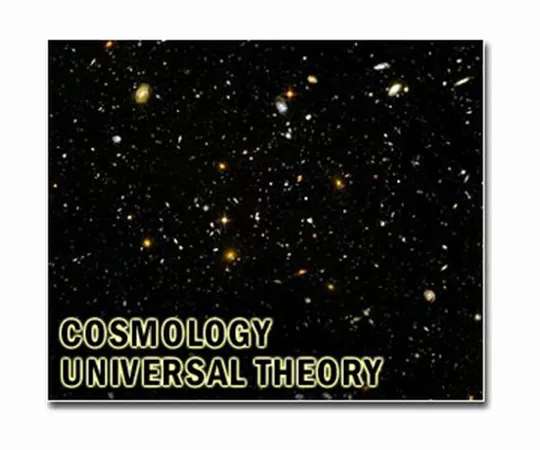
Breakthrough in Quantum Tech: Effortless Photon Time Encoding Process Unveiled!
2025-05-12
Author: Rajesh
Revolutionizing Quantum Information Processing
A groundbreaking advancement from Griffith University has simplified the processing of high-dimensional quantum data using light, propelling us into the next era of quantum technology. This game-changing technique was revealed in the prestigious journal, Physical Review Letters, showcasing a more straightforward method for detecting quantum information encoded in the timing of individual photons.
The Magic of Hong-Ou-Mandel Interference
At the heart of this innovation lies the Hong-Ou-Mandel (HOM) interference effect, where two identical photons converge at a beam splitter, triggering exceptional quantum behavior. Spearheaded by Dr. Simon White and Dr. Emanuele Polino from Griffith's Quantum Optics and Information Laboratory, this research addresses the complexities that have long plagued practical quantum applications.
Dr. White likened the process to 'the universe's version of an awkward handshake that actually achieves something useful,' emphasizing its potential to streamline measurements in time-bin encoded quantum communications.
Time-Bin Encoding: The Future of Quantum Transmission
Time-bin encoding, which stores information based on the precise arrival times of photons, offers an ideal method for carrying quantum data. This innovative approach reduces the reliance on intricate detector systems, as the interference pattern itself suffices to decode messages, making the technology more robust and user-friendly.
Elevating Quantum States with Quantum Walks
Enhancing their technique further, the researchers incorporated a quantum walk strategy, which tracks single photons moving through diverse temporal pathways. This potent combination enables the generation and measurement of high-dimensional quantum states known as qudits—far more complex than the traditional binary bits and superposition states of qubits.
The team demonstrated the reliability of their methods through optical experiments, achieving an astounding fidelity rate exceeding 99%. Dr. Polino expressed excitement over these results, highlighting their implications for the future of quantum technologies.
Entanglement: The Key to Secure Communication
Moreover, the researchers successfully showcased their ability to generate quantum entanglement, a vital property that maintains strong correlations between particles across vast distances. This is crucial for secure quantum communications.
Dr. White emphasized, 'By utilizing time-based qudits, we can make sending secure quantum signals easier and more effective than ever before.'
Paving the Way for Advanced Quantum Technologies
This phenomenal leap forward propels us closer to scalable quantum technologies, enhancing our understanding of fundamental quantum properties and unlocking groundbreaking opportunities for secure communication, advanced quantum simulations, and real-world applications. The quantum future is here, and it’s looking brighter than ever!



 Brasil (PT)
Brasil (PT)
 Canada (EN)
Canada (EN)
 Chile (ES)
Chile (ES)
 Česko (CS)
Česko (CS)
 대한민국 (KO)
대한민국 (KO)
 España (ES)
España (ES)
 France (FR)
France (FR)
 Hong Kong (EN)
Hong Kong (EN)
 Italia (IT)
Italia (IT)
 日本 (JA)
日本 (JA)
 Magyarország (HU)
Magyarország (HU)
 Norge (NO)
Norge (NO)
 Polska (PL)
Polska (PL)
 Schweiz (DE)
Schweiz (DE)
 Singapore (EN)
Singapore (EN)
 Sverige (SV)
Sverige (SV)
 Suomi (FI)
Suomi (FI)
 Türkiye (TR)
Türkiye (TR)
 الإمارات العربية المتحدة (AR)
الإمارات العربية المتحدة (AR)